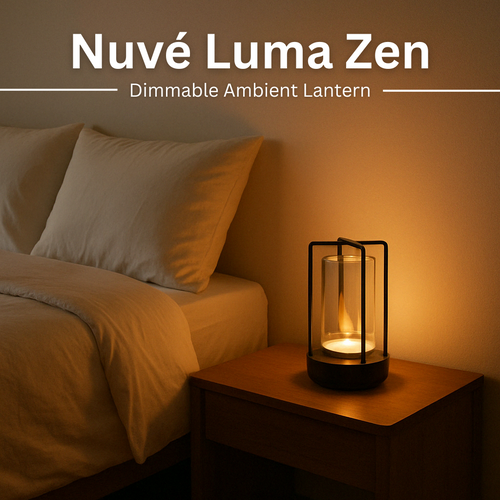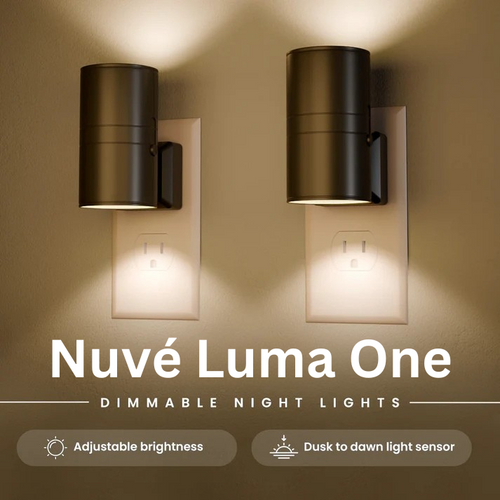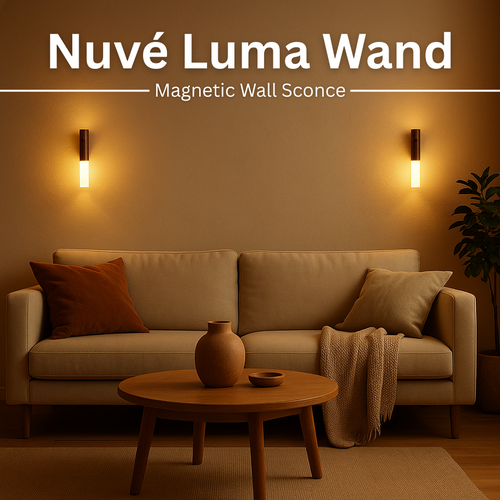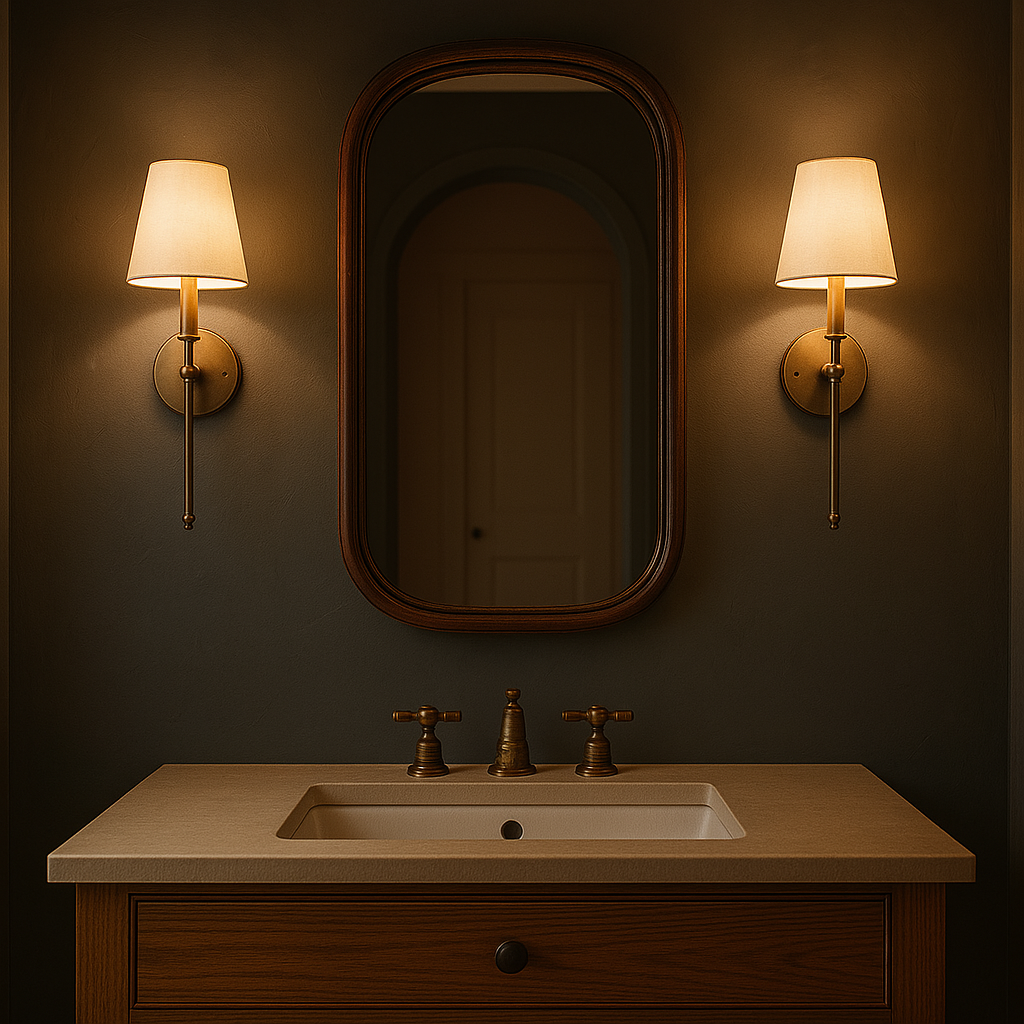Minimalism doesn’t have to feel cold.
In recent years, designers have redefined simplicity, trading stark white spaces for warmth, depth, and texture. The result is warm minimalism — a design approach that pairs clean lines with natural materials, soft light, and subtle imperfections.
At Nuvé Studio, we see warm minimalism as a way of living, not just decorating. It’s about creating spaces that feel calm yet human, intentional yet alive.
The Shift Toward Sensory Spaces
Pure minimalism once meant restraint — less color, less clutter, less noise. But the new era of design invites emotion back into the room.
Textured walls, wool rugs, and diffused lighting give minimalist interiors depth and dimension. When we engage multiple senses — touch, light, temperature — we create a kind of quiet richness that makes simplicity feel inviting.
Design insight: According to interior design fundamentals, texture is a key element of visual balance. Just as color brings energy, texture brings warmth by affecting how light interacts with surfaces.
Layering Light for Warmth
Lighting shapes how we experience space. In minimalist interiors, where form and material do most of the talking, light becomes the language of emotion.
Soft, diffused light — like the kind from Nuvé’s Luma Zen or Luma Axis — creates depth and shadow. Warm tones around 2700K mimic late-afternoon sunlight, naturally calming the body and softening edges.
Design principle: The ratio of light to shadow defines texture. Without variation, even beautiful materials can appear flat. The art is in contrast — layered lighting builds depth without clutter.
Texture as the New Color
Instead of using bold color to add character, designers now turn to texture. Think nubby linen, brushed metal, and handwoven wool. In warm minimalist interiors, each texture becomes a visual note — together they create harmony.
Pair smooth ceramic with organic wood, or a low-pile rug with a sculptural metal lamp. The goal isn’t to fill space, but to let surfaces breathe and play with light.
Example: A hand-knotted heirloom rug under a rechargeable table lamp instantly softens a modern room, balancing geometry with tactility.
Furnishing with Intention
Warm minimalism is more about editing than adding.
Every piece should have a purpose — function, comfort, or memory. Choose furniture with generous forms and materials that feel honest.
Nuvé’s modular seating systems are designed with this in mind: versatile shapes, rounded edges, and tactile upholstery that invites touch without excess.
Design insight: The fundamentals of proportion and scale matter more in minimalist interiors, where each object stands alone. A well-scaled rug or balanced light fixture anchors the composition, creating flow and rhythm.
Natural Materials, Timeless Feel
Natural materials — stone, linen, wool, oak — age gracefully. Their patina tells a story, reminding us that imperfection is part of beauty. This human quality is what makes a minimalist space feel personal rather than sterile.
Even the smallest details, like the way light falls across a woven rug, can shift the atmosphere of a room.
Design principle: Harmony comes from contrast — pairing the refined with the raw, the matte with the polished.
Bringing It All Together
To create a warm minimalist interior:
-
Start with light — soft, diffused, and layered.
-
Add natural texture through rugs, fabrics, and materials.
-
Keep a neutral palette but vary surface finish.
-
Choose fewer, better pieces that balance function and feeling.
-
Leave negative space — it lets the room breathe.
Warm minimalism isn’t about doing less; it’s about choosing more carefully. When light, texture, and proportion align, a room feels effortless — alive without excess.





